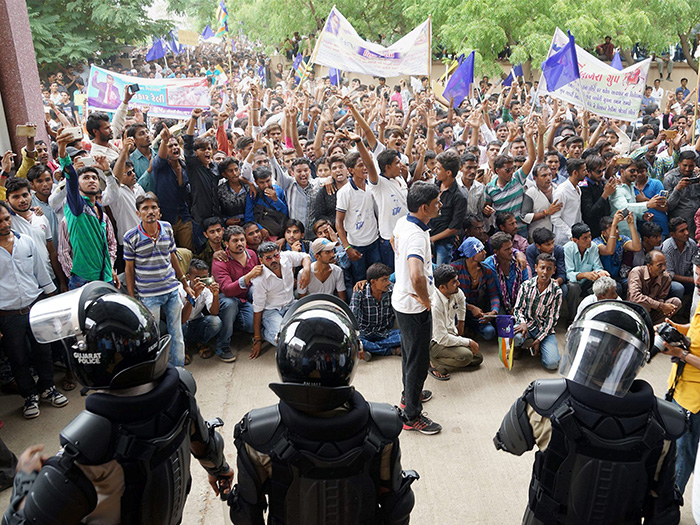
Life narratives, such as Bama’s Karukku and Yashica Dutt’s Coming Out as Dalit: A Memoir, function as the locus of enunciation where agency and self-identity are attended and asserted by Dalit women, through different approaches. During this time, their onsciousness has evolved in many ways as reflected in Dalit writing. Dalit women have traversed a long path over the last four decades.

These accounts failed to properly address Dalit women’s predicament and the interlocking oppression of caste and gender, which compelled them to create a distinct space for themselves. As a consequence, Dalit women remained firmly encapsulated in the patriarchal roles of the silent, agenciless and ‘victimised sexual being,’ perpetuating thus gendered stereotypes. This cultural revolt that burgeoned in the 1970s has largely been Dalit male-centric in its orientation, adopting paternalistic and patronising tones towards Dalit women. 7-22ĭalit literature articulates the oppression and exploitation faced by Dalits in a caste-ridden society as it records their social and cultural lives before and after India’s independence.



 0 kommentar(er)
0 kommentar(er)
